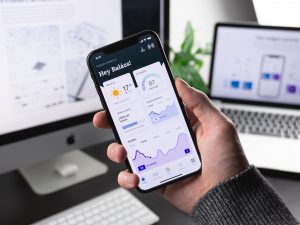
Recently we developed an IOS app with the hybrid application approach. We choose the hybrid approach to use our existing web coding skills. The biggest advantage of a hybrid application is that it can convert to different platforms without redoing the code. For example, we can port the code of the IOS app to an Android app.
The frontend is built upon ionic Angular JS. As everybody knows, Angular is a Javascript framework for maintaining an MVC coding structure to the project. The ionic framework has Angular JS and Cordova support.
The back-end for our app is built with the PHP Codeigniter framework. We added forms to input data to the MySQL database. We also created a web service in Codeigniter to handle the dataflow between the app and the database.
Error Reporting
Smartphone developers have to deal with a number of errors. Most of these errors are from various devices that are running the app. An error reporting mechanism can give us more feedback into the working of the app like which page encountered the error and what caused the error. We implemented the error reporting with the help of stacktrace.js. It is an excellent library that reports errors at its core level.
In-app purchase issue
We didn’t find any suitable in-app purchase plugin available in Cordova. So we had to add our own Objective C class in the project that implements all the in-app purchase functionalities. Cordova Javascript code was to execute it for the in-app purchase.
Submission Issues
We faced multiple problems from the App store during our submission. One was about the App icon not available for different resolutions. The final rejection was about in-app purchase restoring when installing on a new device.
Overall, our hybrid application development was very exciting and challenging. But for our next project, we chose the native approach because the project demanded more hardware support.








